Sobrino de Botin is packed with history. On a quiet corner in the old La Latina neighborhood, close yet miles away from the bubbling center of Madrid, a three-story building with wooden doors lures curious spectators to peer through the window. What can possibly attract a passerby to stop on his way and peep at this storefront, one might think. Well, a number of things, a plaque from Guinness reading “World’s Oldest Restaurant” is one of them.
The restaurant in question is the Sobrino de Botin, founded in 1725. Even though the building dates to the late 16th century, it was not a restaurant until a French cook named Jean Botin moved to Madrid together with his wife, a Spanish woman from Asturias. Her intention was to work for one of the noblemen from the Austrian royal house of Habsburg living in Spain as remnants of the “empire on which the sun never sets.”
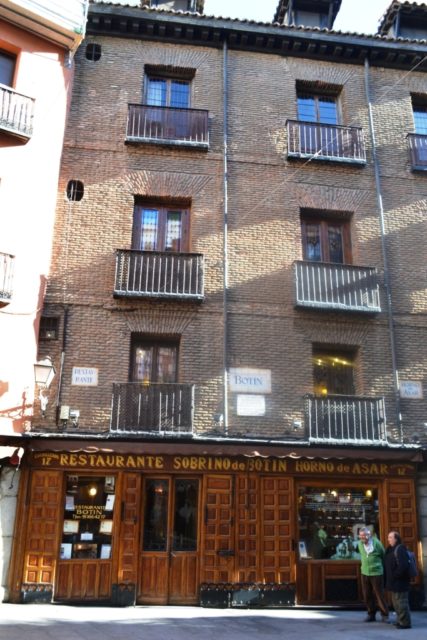
In 1725, a nephew of Botin’s wife managed to open an inn on that spot. Soon, the restoration of the building began, which led to the appearance that has more or less held out to this day. There is even a carved inscription located above the entrance that features the date of the restoration.
It is interesting to note that during the first years of the restaurant, a law was enforced in Spain that forbade inns to sell meat, wine, and everything else related to food. The only way you could eat food there was if you brought it yourself.
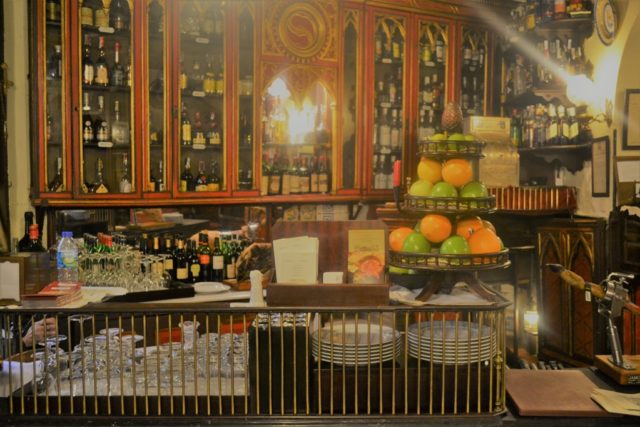
The wood oven constructed during that period is still in use in its original form, as it has continued to satisfy the customers for more than three centuries. The main dish of the house from the very beginning was the roasted suckling pig, prepared with a preserved recipe which outdates even the oven.
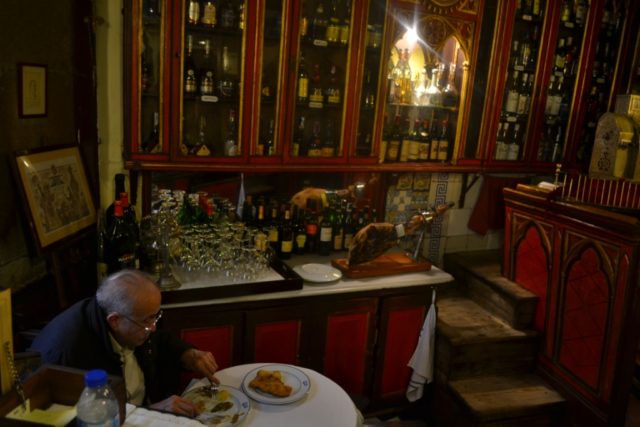
The law intended to preserve the merchant business by limiting the rights of innkeepers, but it backfired with an unpleasant saying: “In Spanish inns, you only found what the traveler brought.”
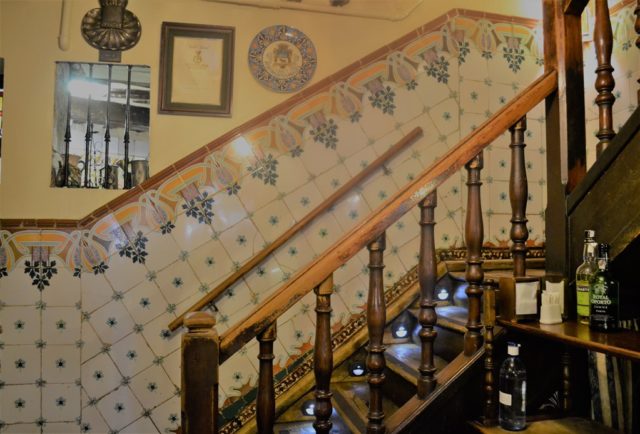
When the original owners died, they left no direct descendants and the inn was placed in the hands of yet another nephew called Candido Remis. This cemented the name of the establishment―Sobrino de Botin, meaning the Nephew of Botin.
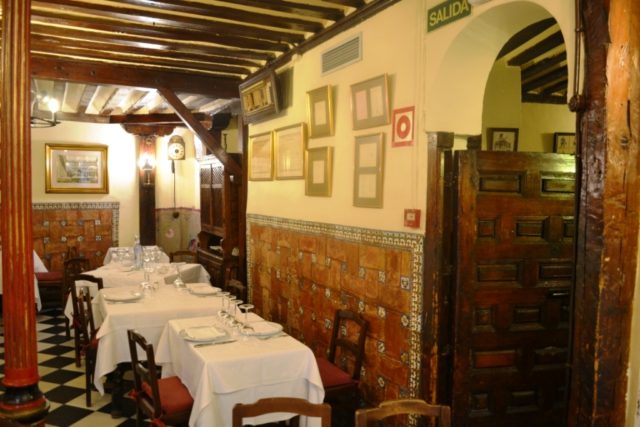
The ownership lasted throughout the 19th century, when the restaurant once again changed hands, this time to the Gonzalo family, who remain the current owners. The Guinness Book of World Records also notes that it is quite possible that during the 19th century, the Spanish painter Francisco Goya worked as a dishwasher in Sobrino de Botin before he reached fame.
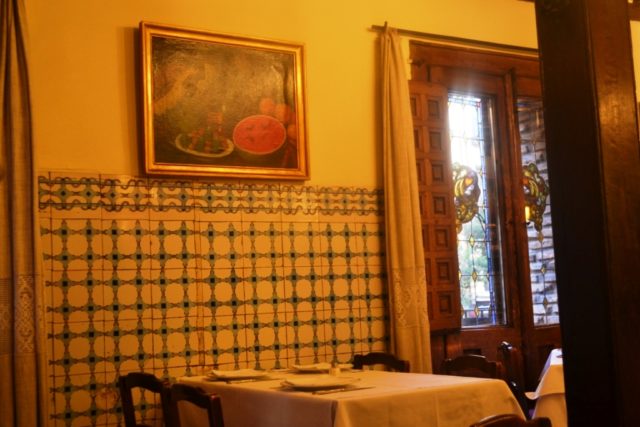
Ernest Hemingway, among others, was fascinated with the place. The already mentioned roasted suckling pig was his favorite specialty, but the Sobrino de Botin held some other qualities for the well-experienced hedonist.The ancient wine cellar, which dates back to the 16th century, filled to the top with the best that the Spanish grape wine has to offer, including the writer’s favorite ―Rioja Alta.
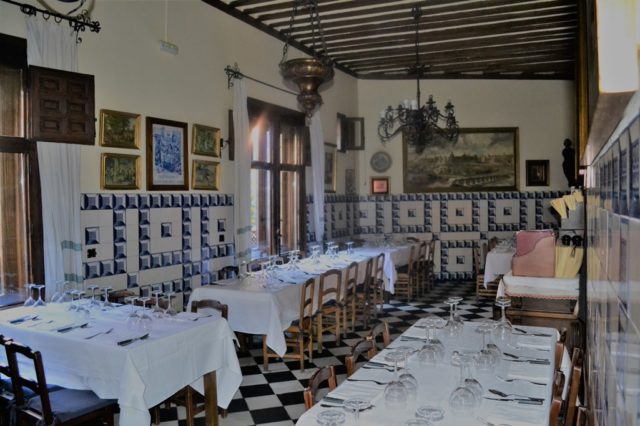
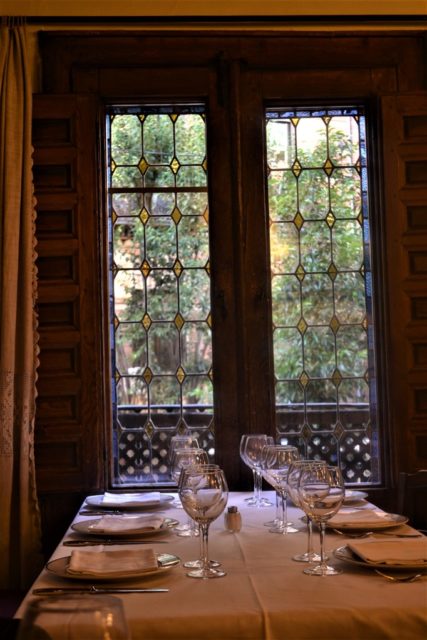
The Nobel Prize-winning author established himself as a regular visitor, with his own table and certain privileges not available to any ordinary customer, like mixing his own martini and making himself paella for breakfast. Paella, however, was allowed only once, probably for a good reason.
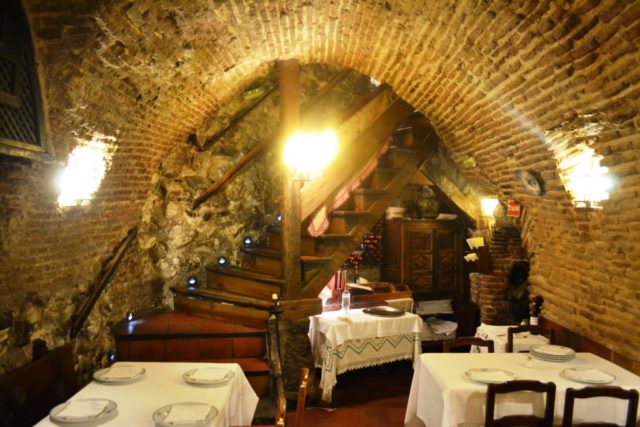
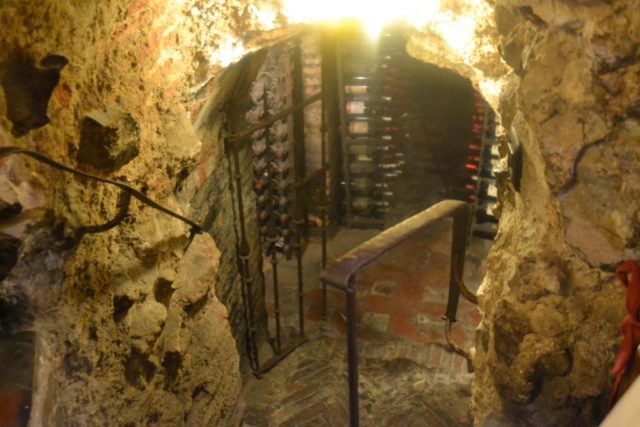
Hemingway mentions Sobrino de Botin in various different stories, but the most famous and the ones that offer most compliments to the establishment are in his novel The Sun Also Rises, published in 1926.
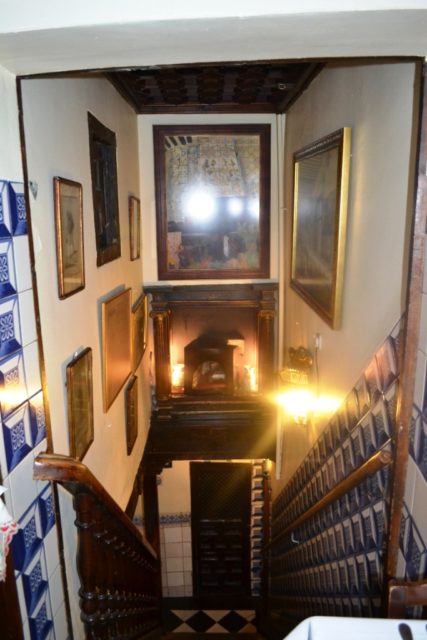
The last scene of the novel takes place in the restaurant, which is described in detail and even serves as a testimony to how much Sobrino de Botin preserved its original look and charm. The protagonists, Jake and Brett, dine here, eating and drinking his beloved combination:
We lunched upstairs at Botin’s. It is one of the best restaurants in the world. We had roast young suckling pig and drank rioja alta. Brett did not eat much. She never ate much. I ate a very big meal and drank three bottles of rioja alta.
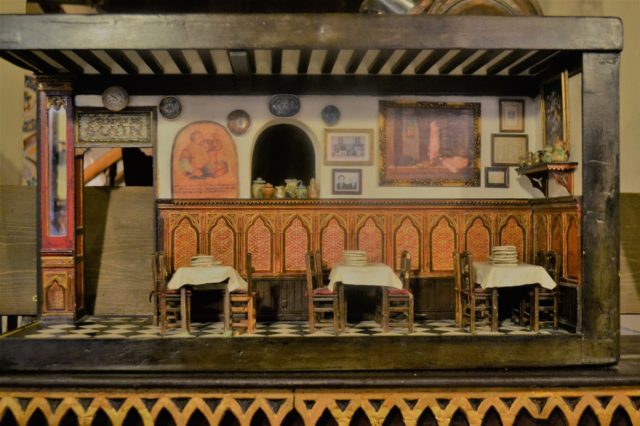
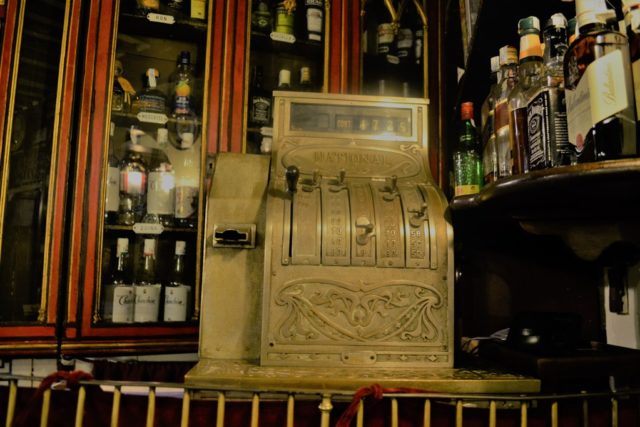
In more recent times, the restaurant owners have capitalized on Hemingway’s adoration of Sobrino de Botin, so much so that a nearby restaurant decided to distinguish itself from Botin in a rather funny way. At the entrance of the rival restaurant proudly stands a sign stating “Hemingway never ate here.”
Nevertheless, to this day, bohemians, curious tourists, and hedonists from around the globe find Sobrino de Botin a perfect meeting spot for enjoying gourmet food, indulging in intellectual talks, or just embracing the ambiance of a place that has seen so many historical events pass by, leaving it almost intact.
